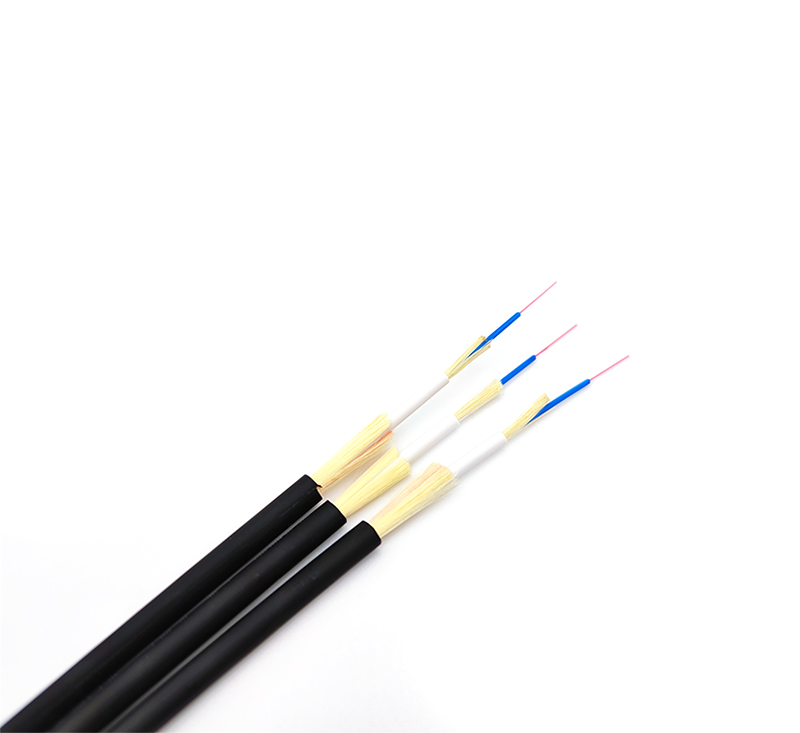With each span corresponding to 80km of transmission and overhead, for a communication system with a typical span of 16 spans × 22dB, when using coherent QPSK 40G and 100G technologies, the OSNR requirements of the system are both 12.5dB or less. At this time, the attenuation of the optical fiber to ensure good transmission of the optical communication system should be at least less than 0.2dB/km; when the attenuation of the optical fiber used is lower than this requirement, the lower the attenuation, the better the system requirements can be satisfied, so that the optical signal-to-noise ratio can be fully enjoyed. The benefits of boosting. Therefore, the two types of optical fibers described in Table 1 can meet the transmission requirements of 40G and 100G.

From the perspective of optical fiber attenuation, reducing the attenuation of the optical fiber to improve the optical signal-to-noise ratio can bring the following benefits: From the perspective of the system, under the same transmission distance, the low-loss optical fiber increases the system margin by 1.2dB; the system margin is the same Under the condition of low loss, the transmission distance can be extended by 30%. For the ultra-high-speed optical fiber communication system of 400G or even 1Tbps, from the theoretical calculation point of view, within the same span, the improvement in optical fiber attenuation cannot meet the application requirements of 400G and even ultra-400G technology. In the same optical fiber environment, the higher the system capacity, the shorter the transmission distance. The transmission distance of 400G is about 1/3 of that of 100G. Therefore, if the fiber with lower loss and more reliable is used, the number of regeneration stations can be reduced in future capacity expansion. For the transmission rate of 400G, compared with ordinary single-mode fiber, low-loss fiber can reduce the number of regeneration stations by about 20%.
At present, the ultra-low-loss optical fibers that exist in the market generally use pure silicon core fibers, and the refractive index of the cladding is reduced by doping fluorine in the cladding. However, the viscosity of the fluorine-doped glass varies greatly with temperature. At high temperature, the viscosity of the core layer and the cladding layer are matched, which is easy to generate stress, which is difficult to eliminate. Therefore, some manufacturers will add alkali metals to the core layer to reduce the viscosity of the core layer when preparing ultra-low loss fibers, so that the viscosity of the core layer and the cladding layer of the fiber can be matched at high temperature. However, the stability of this type of fiber still needs to be long-term confirmation. In theory, the high-cost ultra-low-loss optical fiber cannot meet the application requirements of 400G or even ultra-400G technology under the same span. FiberHome has developed a new type of optical fiber that has been tested in the laboratory - low-loss and large-effective area bending-resistant optical fiber, which can theoretically be satisfied and the cost is not high. Therefore, ultra-low-loss optical fibers are not suitable for large-scale commercial use at this time.










